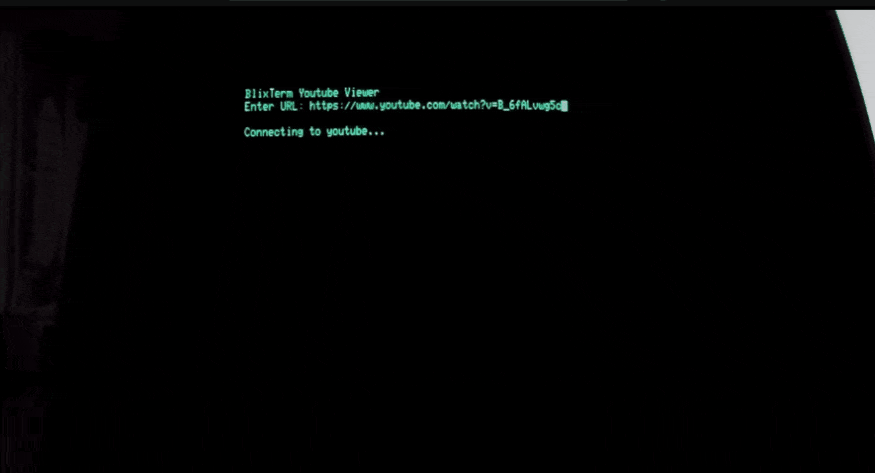
In the late 1970s the big three computers in the first wave of commercially available home computers were the Apple II, Radio Shack's TRS-80 Model 1 and Commodore's PET 2001. These machines made the careers of many a bedroom coder, but now they are massively underpowered for modern computing, but Thorbjörn Jemander used a little Raspberry Pi Zero 2 W power to enable a Commodore PET 600 to render YouTube videos. Why? Why not?
The Raspberry Pi Zero 2 W is doing all of the heavy lifting here. The "cartridge," BlixTerm, is connected to the User expansion port of the PET 600. The user port was commonly used to interface electronics (like the GPIO of a Raspberry Pi) with computers of this era. The Raspberry Pi Zero 2 W connects to YouTube via Wi-Fi. From there it loads the video and then it is converted into a 640 x 200 grayscale stream. The stream is then manipulated to produce an 80 x 25 grid of characters using the PET's Character ROM to find the nearest substitute.
A custom program file, which looks to be run from BASIC, controls BlixTerm. Running the program will trigger a menu, where we choose YouTube viewer and then enter the URL of the YouTube video. The Pi connects to YouTube, buffers the video and then we see a flurry of ASCII / PETSCII (Commodore used its own PETSCII characters). streaming the video to our screen.

Getting this to work was tricky — the speed has to be right in order to hit the magic 30fps. To accomplish this, Jemander used a custom interface card to quickly get the frames from the Raspberry Pi Zero 2 W and into the PET's video memory. The bottleneck in this process is the PET's 1 MHz CPU which could only execute a handful of machine code instructions in each sixteen microseconds window. That said, the project looks fantastic and we can clearly see the subject of the videos, rendered in a glorious green haze.
The Commodore PET 600 was a surprise to us and not a model we have come across in our four decades of Commodore computing. Watching another video from Jemander we can see that this is a rebadged Commodore 8296. Powered by a MOS 6502 CPU running at 1 MHz, and with 32KB of RAM as standard. A far cry from today where a $4 microcontroller, the Raspberry Pi Pico, has a dual core CPU, 284KB of RAM and can easily emulate 8-bit machines of the 1970s and 80s.
Jemander's project may have limited use, but it shows that the retro computing community is embracing new tech as a means to keep the old alive. This is also evident in the SD2PET from The Future Was 8-Bit, which emulates a data cassette using images on an SD card.
Watch Jemander's full video for more details on the project, and there is so much to learn from this 37 minute video. If you are hungry for more retro computing content, Jemander also has a video explaining the Commodore PET 600 / 8296 which we also enjoyed watching.







